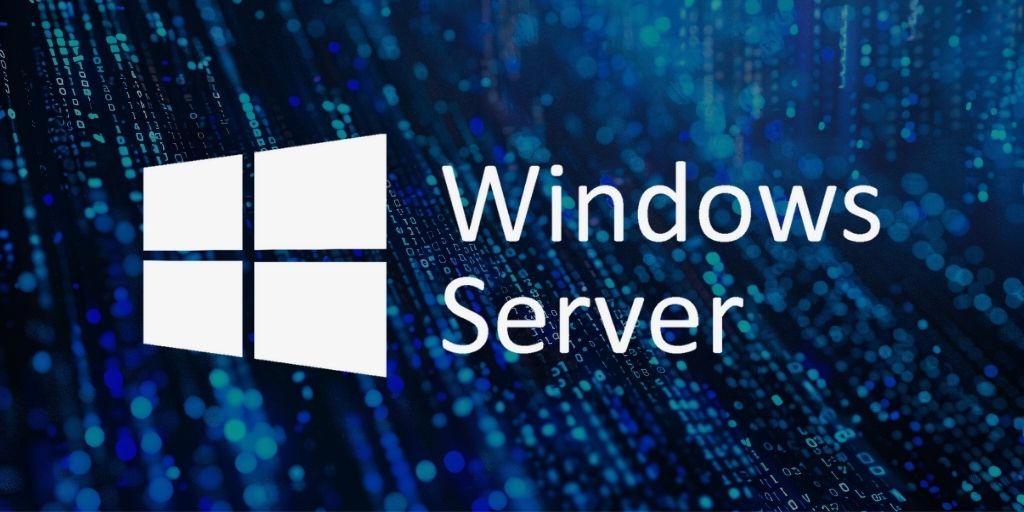
Microsoft announced the official deprecation of its long-standing Windows Server Update Services (WSUS) platform, signaling the company's continued shift towards cloud-based management tools.
While WSUS will remain functional and continue to publish updates, Microsoft has ceased development of new features for the tool and will no longer accept requests for enhancements. Organizations currently relying on WSUS are encouraged to transition to cloud-based alternatives like Windows Autopatch, Microsoft Intune for client updates, and Azure Update Manager for server updates.
WSUS and its role in IT management
WSUS has been a critical tool for IT administrators since its launch, allowing organizations to centrally manage the distribution of updates released by Microsoft for Windows operating systems and other Microsoft products. It provided admins with the flexibility to approve, deploy, and control updates, reducing the potential disruption caused by automatic updates across large infrastructures. Its on-premises nature and integration with tools like Microsoft Configuration Manager made it a go-to solution for environments that required strict control over patch management, including disconnected networks.
Despite its utility, WSUS has been showing signs of age. Many in the IT community have long pointed out its limitations — such as its reliance on outdated components like the Windows Internal Database (WID) and the complex setup involving IIS (Internet Information Services) and certificates for HTTPS. This deprecation reflects Microsoft's broader strategy to shift IT infrastructure management to the cloud, where modern solutions promise improved scalability, flexibility, and security.
Microsoft's cloud-based vision
Microsoft's decision to discontinue further investment in WSUS aligns with its vision for simplified Windows management via the cloud. The company is promoting cloud-native tools such as Windows Autopatch and Microsoft Intune to manage client devices, and Azure Update Manager for server environments. These solutions promise more seamless and automated update deployments, tighter security, and better integration with modern IT infrastructures.
Though WSUS will still ship with Windows Server 2025 and continue to receive updates, Microsoft is urging organizations to consider migrating. For those unable or unwilling to make the shift, particularly those with air-gapped or otherwise isolated environments, the path forward is less clear, a concern raised frequently by the IT community.
Community's concerned response
The deprecation of WSUS has triggered a significant response from the IT community, with many expressing frustration, concern, and skepticism over Microsoft's shift toward cloud-based update management.
Several users pointed out that transitioning to cloud services like Azure Update Manager would increase costs, especially for organizations managing thousands of servers. With Azure Update Manager priced at $5 per server per month, many administrators — particularly those in industries with vast virtual environments — feel that these new tools could become prohibitively expensive.
One of the most frequent complaints revolved around Microsoft's heavy emphasis on cloud-based tools, which many argue are unsuitable for environments without reliable internet access. Administrators managing disconnected or highly secure infrastructures, such as in government, defense, or education, face significant challenges in migrating to cloud services, where maintaining control over update deployment is paramount.
Others expressed concerns that the end of WSUS could lead to security lapses. Administrators fear that organizations without the resources or capabilities to transition to cloud tools might struggle to keep their systems updated, leading to a repeat of vulnerabilities like those exploited by the SQL Slammer or Melissa virus.
Ultimately, long-time WSUS users voiced frustration that Microsoft could have modernized WSUS rather than pushing organizations toward cloud-exclusive solutions. Many suggested that Microsoft should offer a middle-ground, such as improved on-premises tools that could serve both cloud-connected and isolated environments.
Moving forward
With WSUS still supported for the foreseeable future, organizations have some time to transition. However, the following steps may help mitigate the disruption caused by this deprecation:
- Evaluate Windows Autopatch, Microsoft Intune, and Azure Update Manager for cloud-based environments. These tools offer more automation and security for client and server management.
- Conduct a cost-benefit analysis to understand how much cloud-based update management would add to your budget and whether third-party or alternative solutions might be more cost-effective.
- For organizations that cannot move to the cloud, it's essential to explore alternative on-premises patch management tools, or work with Microsoft to identify possible future solutions that maintain security in isolated environments.
While WSUS has served IT administrators well for over two decades, its deprecation marks a new era in Windows management. Organizations must carefully weigh the advantages of modern, cloud-based tools against the challenges posed by costs and connectivity to ensure their systems remain secure and up to date.







Leave a Reply